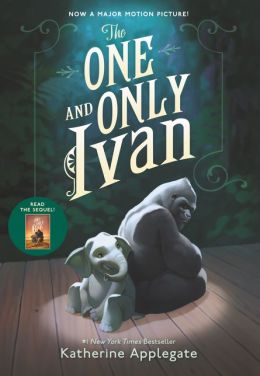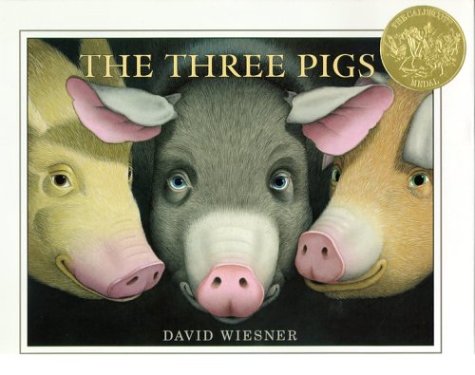 |
| http://ecx.images-amazon.com/images/I/ 61mszTByW0L._SX258_BO1,204,203,200_.jpg |
Bibliography
Lewis, J. Patrick. Illus. by John O’Brien. The
Bookworm’s Feast. New York: Dial
Books, 1999. 0803716923
Summary
A bookworm has a number of friends over for
dinner. Soon after arriving, they discover
that the pages of familiar books are delicious. Their host suggests they take a few bites out of some silly
rhymes – the pages of the compilation that follows. The poems are spilt into different sections, each with its
own menu page telling what the worms will be dining on. The poems themselves cover a variety of
topics but have a common theme of being silly, unique and inventive.
Analysis
In the same silly style as Shel Silvertein, these poems are
a young child’s delight. Rhyming
and rhythmic, they have a singsong feel that make them perfect to read aloud
and will cause children to request to hear them again and again. The broad range of topics spans from animals to cutlery, but the poems flow together nicely with the common
element of humor.
Older students will enjoy Lewis’s unusual use of words. Familiar
words, such hippopotamus, are changed to become “Hippopotamole” and a hurricane is morphed into a “her-i-cane” who “wasn’t like the other girls.” Other poems must be read from the
bottom up or have the text size change to further reflect the verse. These writing oddities will engage older
students who can see the creativity and appreciate the uniqueness of Lewis’s
style.
The illustrations feel somewhat dated. The colors are too bland for the
comedic nature of the poems, the images too tame when compared to the words. The illustrations do however help the
reader to understand the poem better, frequently giving context to the verses
that deepens understanding.
Awards and Reviews
“With an irreverence suggestive of Ogden Nash and the
silliness of Jack Prelutsky, Lewis and O'Brien whip up a whimsical confection
of poems and drawings in a format just as enjoyable as the poems themselves. A
"Gentleman Bookworm" invites his friends to a feast of "
`ridiculous rhyme!/ But might I suggest?'/ Said the host to the guest,/ `Chew
them slowly. One line at a time!' " Arrayed in chapters called
"Appetizers," "Sherbets" and so on, the nonsense verses
will keep young readers happily munching all the way to "Delectable
Desserts." As varied in form as limericks and autograph verses, only some
of Lewis's (A Hippopotamusn't) poems deal with eating…. Other rhymes are
sprinkled liberally with advice, as in "What to Wear Where... As if this
linguistically piquant dinner were not enough, O'Brien's (The Reptile Ball)
illustrations are simply delicious. Clever and funny, his exuberantly
cross-hatched pen and watercolor drawings provide humor on every page. Don't
forget to sample the cheerful Hippopotamole making "mountains out of
molehills," or the postcard frog snagging a stamp with his tongue. A
five-star feast.” –Publisher’s Weekly Review
“A smorgasbord of poetic forms and moods. Arranged in
sections like a formal menu ("Appetizers" to "Desserts"),
the book contains poems for nearly any taste. There are selections for fans of
wordplay, of limerick form, and of valentinelike verse, each accompanied by
O'Brien's exuberant pen-and-watercolor drawings. Although all of the offerings
may not receive five-star ratings, Lewis's poetic buffet is well worth
sampling.” –School Library Journal
Connections
Lewis plays with words, dissecting them to make new meanings
and changing them to make them fit into his poems. Have students play with words. Create a dictionary of new words, where students can give
the definitions of their creations.
Then use these words to write poems.
Lewis based his book on the idiom “bookworm.” Use other common idioms as the basis for
poems or stories. For example, “a
head of the pack” could be a series of poems told by sled dogs and “every dog
has his day” could be a story about a dog that has the best day imaginable.
Have students create their own feast for a group of bookworms. Read a number of other poetry books about food, such as Food Hates You, Too or The Burger and the Hot Dog. The students then can write poems about their favorite or least favorite food. Create a class book, placing a few bookworms throughout that are eating up the students' work.




